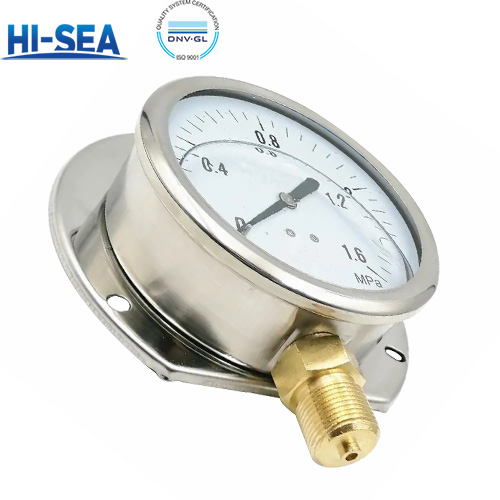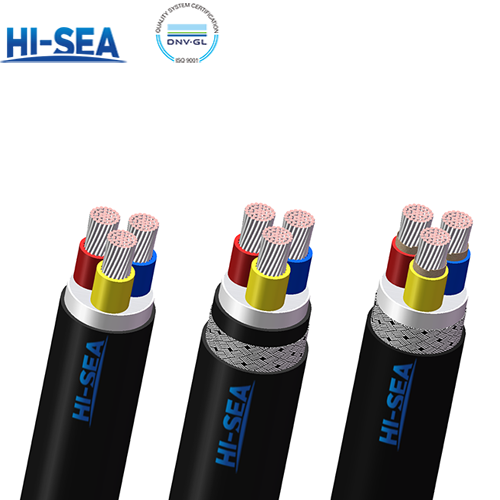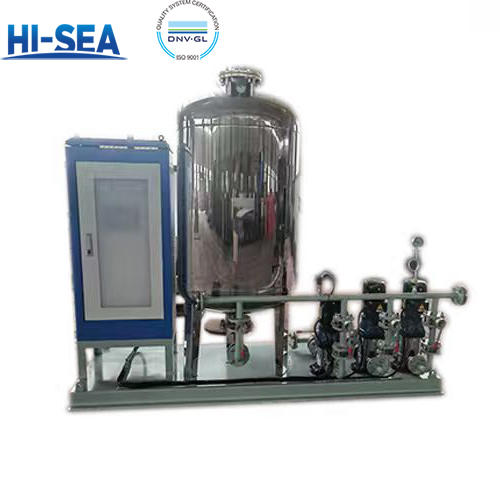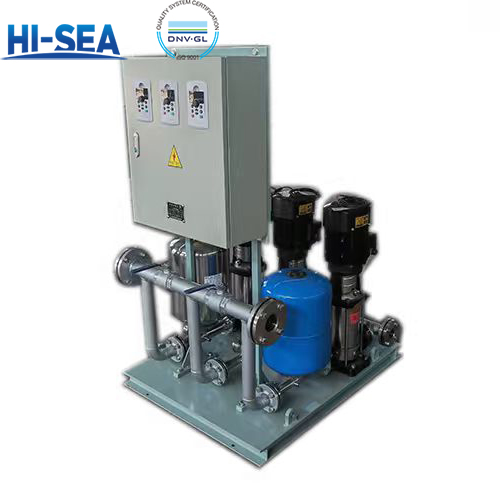
Marine Pressure Gauge
A marine pressure gauge is an instrument designed specifically to measure and display the pressure of various fluids and gases on a boat. Unlike industrial gauges, they are built to withstand the harsh marine environment, including saltwater corrosion, constant vibration, UV exposure, and temperature fluctuations.
Their primary function is to provide critical data about the health and operation of a vessel's systems, helping to prevent costly breakdowns and ensuring safety at sea.
Overview
Key Features of a Quality Marine Pressure Gauge
When selecting a gauge, look for these marine-specific features:
1. Corrosion Resistance:
◦ Housings: Should be made from marine-grade stainless steel, chromed brass, or high-impact, UV-stabilized plastic.
◦ Internals: Brass or stainless steel bourdon tubes and movements are essential.
◦ Lens: Acrylic or glass that is sealed to prevent fogging.
2. Liquid Filled vs. Dry Gauges:
◦ Liquid-Filled (e.g., with Glycerin or Silicone Oil): This is the gold standard for marine engines.
Pros: Dampens needle vibration, lubricates internal parts, prevents internal condensation, and protects against salt corrosion.
Cons: Slightly more expensive, can have a small bubble form over time (usually not a problem).
◦ Dry Gauges: Lighter and cheaper.
Pros: Good for non-critical, non-vibrating applications.
Cons: The needle can oscillate wildly due to engine vibration, making it hard to read and leading to premature wear and failure.
3. Electrical vs. Mechanical (Capillary) Gauges:
◦ Electrical Gauges: Use a sender unit on the engine and an electrical signal to the gauge. This is the most common type for modern engine panels as it allows for long wire runs from the engine room to the helm.
◦ Mechanical Gauges: Use a small, flexible capillary tube filled with oil that connects directly from the engine port to the gauge. They are very accurate but the copper tube is fragile and can be difficult to route over long distances. They are a potential fire hazard if the tube ruptures near a hot engine.
4. Scale and Readability:
◦ The scale should be appropriate for the expected pressure range (e.g., 0-100 PSI for oil).
◦ The face should have clear, high-contrast numbers and a needle that is easy to see in bright sunlight and at night with backlighting.





